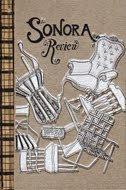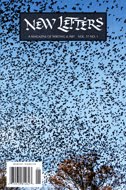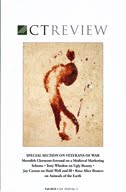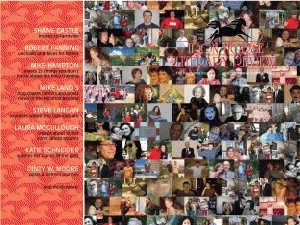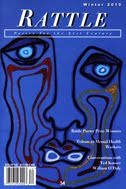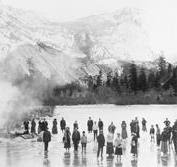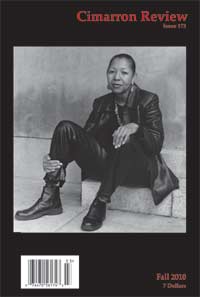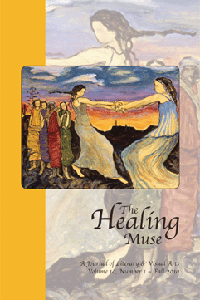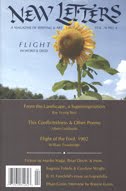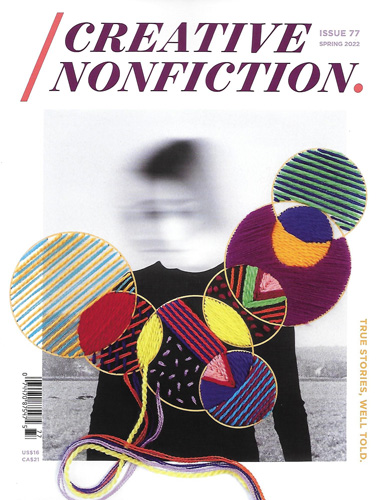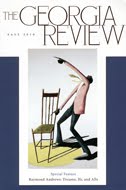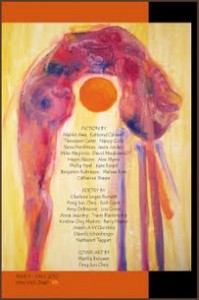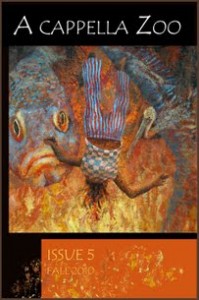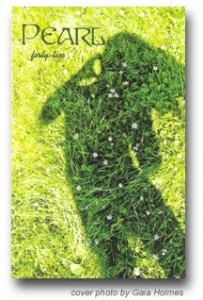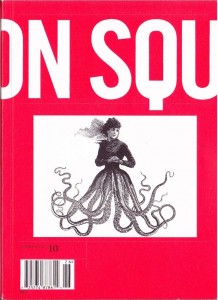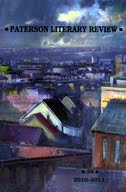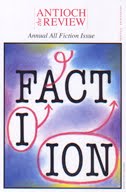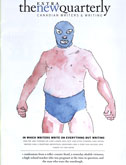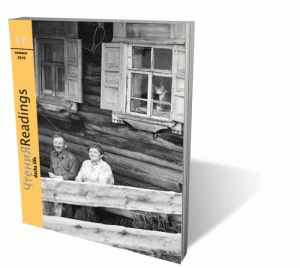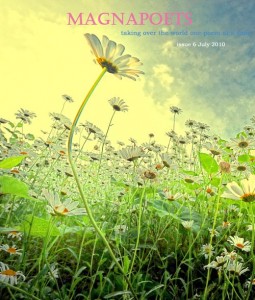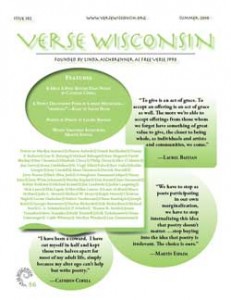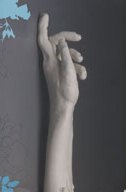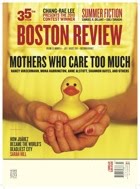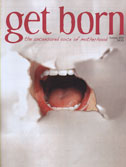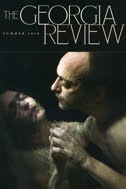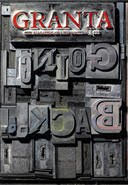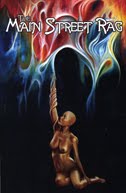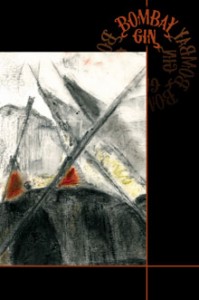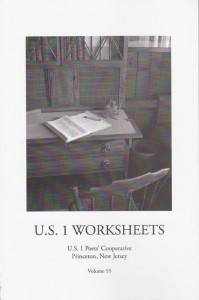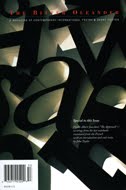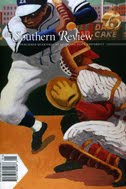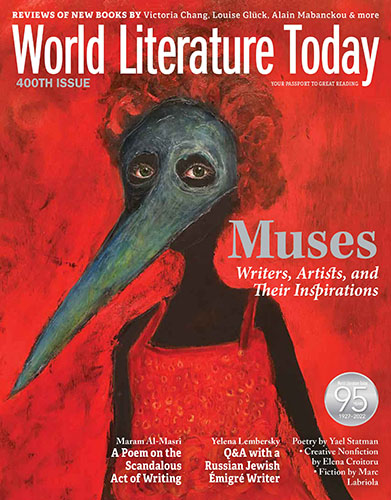In honor of Nobel month The Georgia Review is placing on sale two unique Nobel laureate issues from Spring and Winter 1995. Until 31 October, these limited-supply back issues are available as follows: Spring 1995, $20; Winter 1995, $15; both, $30.
During the planning stages for the summer 1996 Olympic Games in Atlanta and the satellite Cultural Olympiad program, Georgia Review editor Stanley W. Lindberg proposed that the living laureates of literature—they numbered sixteen at the time—should be invited to appear together in Atlanta for an unprecedented multi-day program. His proposal was embraced, and on 23–25 April 1995 eight laureates convened at the Carter Center for readings, panel discussions, press conferences, and social activities. Never before or since have so many of these distinguished prizewinners been in the same room anywhere in the world.
The laureates in attendance were Joseph Brodsky, Czeslaw Milosz, Toni Morrison, Kenzaburo Oe, Octavio Paz, Claude Simon, Wole Soyinka, and Derek Walcott. The introducers and moderators for the event were former President Jimmy Carter, United States Poet Laureate Rita Dove, ABC’s Nightline host Ted Koppel, and Atlanta Committee for the Olympic Games President and CEO Billy Payne.
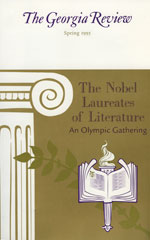 The 350-page Spring 1995 issue of The Georgia Review is entirely given over to the Nobel laureates and comprises the following:
The 350-page Spring 1995 issue of The Georgia Review is entirely given over to the Nobel laureates and comprises the following:
Full texts of the Nobel acceptance lectures given by all sixteen then-living laureates—the eight in attendance plus Saul Bellow, Camilo Jose Cela, Odysseas Elytis, Nadine Gordimer, Halldor Laxness, Naguib Mahfouz, Gabriel Garcia Marquez, and Aleksandr Solzhenitsyn.
Commissioned original essays on all sixteen laureates, written by a range of notable critics—among them Henry Louis Gates Jr., Trudier Harris, Edward Hirsch, Richard Howard.
Bibliographies, photographs, and original drawings of all the laureates, the last by Darrell Rainey.
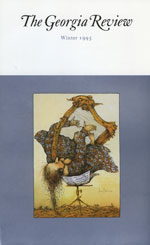 The Winter 1995 issue of The Georgia Review includes a sixty-page section of material transcribed from the Nobel laureates’ gathering:
The Winter 1995 issue of The Georgia Review includes a sixty-page section of material transcribed from the Nobel laureates’ gathering:
Remarks by Jimmy Carter and Rita Dove.
A panel discussion featuring Joseph Brodsky, Toni Morrison, Kenzaburo Oe, and Wole Soyinka, with Ted Koppel moderating.
A panel discussion featuring Czeslaw Milosz, Octavio Paz, Claude Simon, and Derek Walcott, with Ted Koppel moderating.
Four pages of photographs taken during the events.
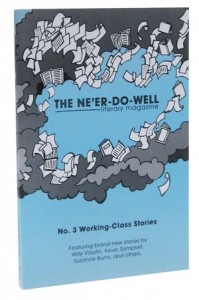 Issue Number 3 of The Ne’er-Do-Well Literary Magazine focuses on Working-Class Stories, with new stories, essays, and comics from Willy Vlautin, Kevin Sampsell, Suzanne Burns, Gigi Little, Chris A. Bolton, Sheila Ashdown, Megan Zabel, Daniel Hall, Christina Mackin, Jill Holtz, and John Gifford.
Issue Number 3 of The Ne’er-Do-Well Literary Magazine focuses on Working-Class Stories, with new stories, essays, and comics from Willy Vlautin, Kevin Sampsell, Suzanne Burns, Gigi Little, Chris A. Bolton, Sheila Ashdown, Megan Zabel, Daniel Hall, Christina Mackin, Jill Holtz, and John Gifford.
